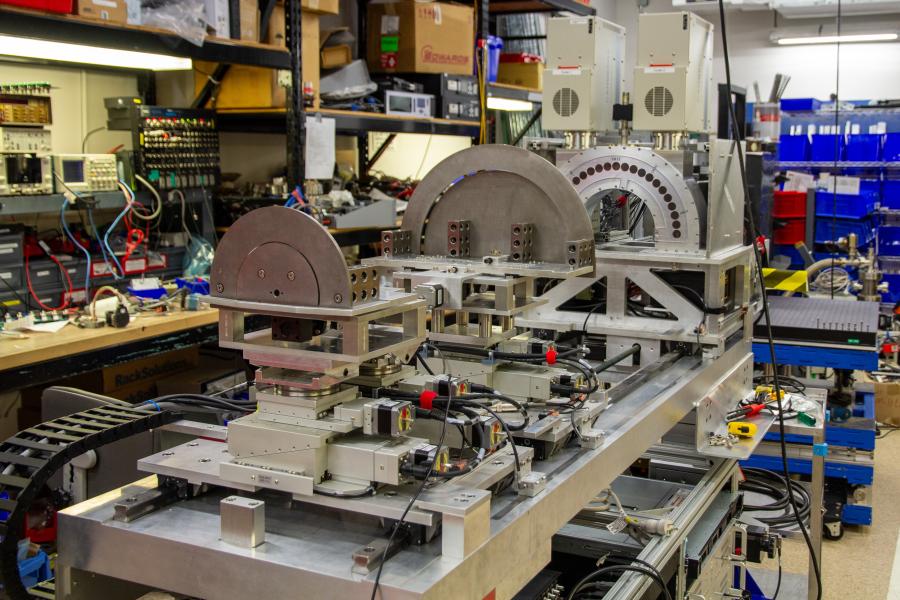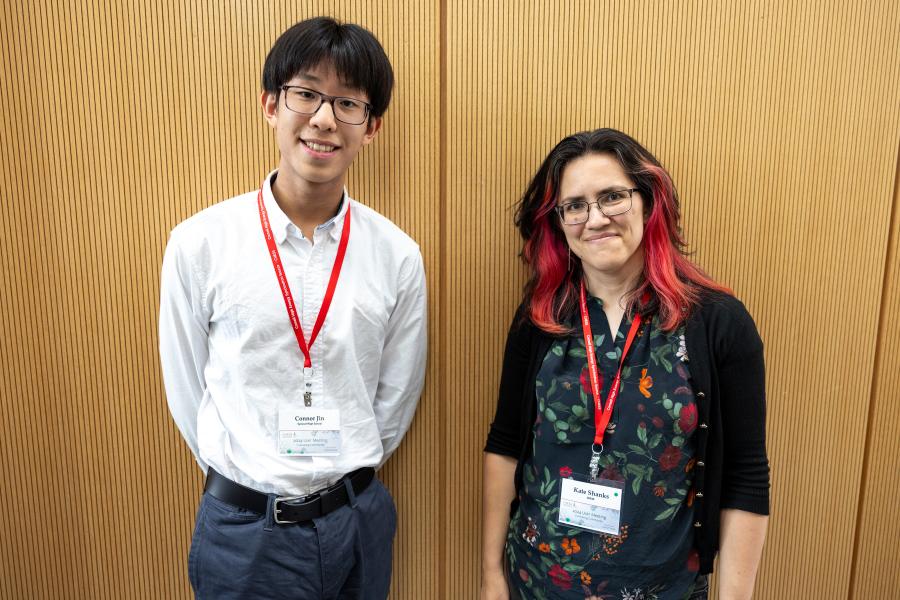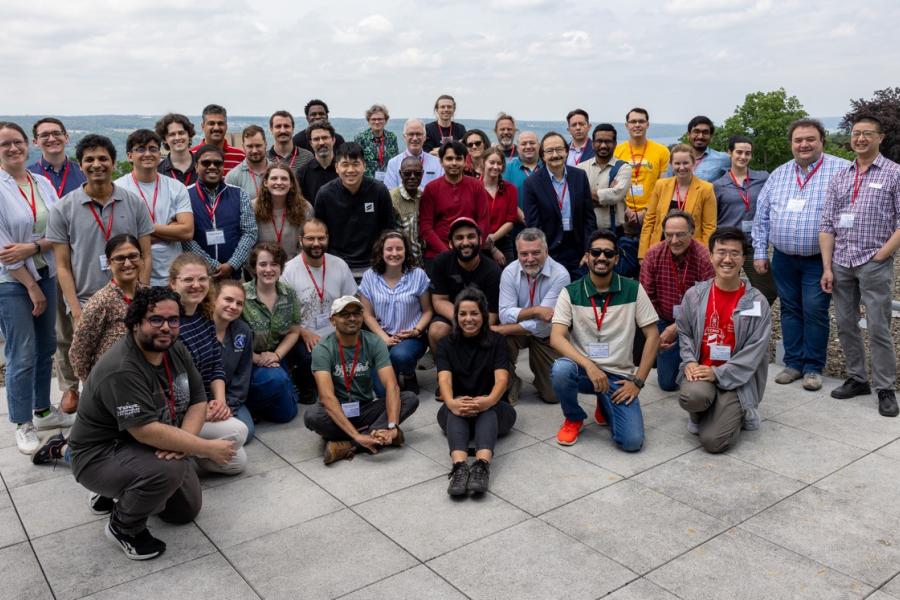Sidebar Menu (View Pages)
- Status
- ⌃ Science
- ⌃ Users
- ⌃ Facilities
- ⌃ Public
- Industry
- ⌃ About
Tags
Featured
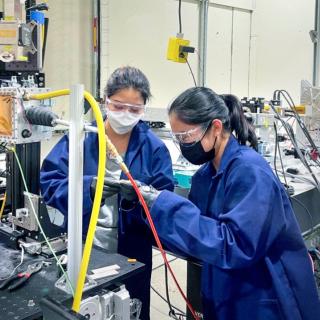
Researchers control metal microstructure for better 3D printing
Just as a snowflake’s intricate structure vanishes when it melts and transforms when it refreezes, the microstructure of metals can change during the 3D printing process, resulting in strengths or weaknesses in the printed product.
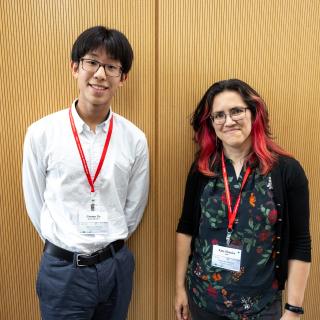
High School Student Uses FAST Data to Program Diffraction Spot Characterization
Connor Jin, an exceptional high school student from Syosset NY, has been thriving in a mentorship with CHESS staff scientist Kate Shanks at the Forming and Shaping Technologies (FAST) beamline at Wilson Laboratory.
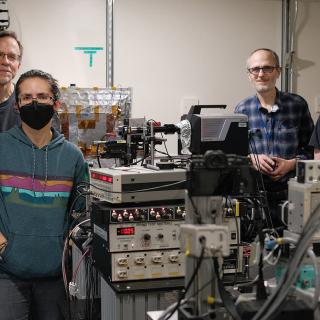
Timing is everything: Time-resolved experiments add niche offering at CHESS
Working alongside users, a new operating mode for CESR has been developed, allowing researchers to image processes on time scales ranging from nanoseconds to microseconds. With exquisite temporal resolution, this capability empowers researchers to investigate phenomena such as chemical reactions, shock waves, phase transitions, and biological processes.

X-rays reveal microstructural fingerprints of 3D-printed alloy
Cornell researchers took a novel approach to explore the way microstructure emerges in a 3D-printed metal alloy: They bombarded it with X-rays while the material was being printed.
By seeing how the process of thermomechanical deformation creates localized microscale phenomena such as bending, fragmentation and oscillation in real time, the researchers will be able to produce customized materials that incorporate such performance-enhancing characteristics.
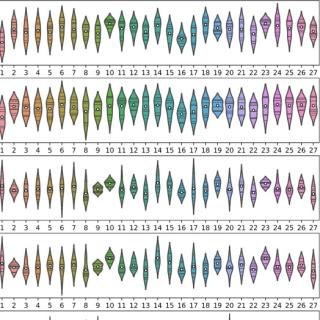
Using real-time data analysis to conduct next-generation synchrotron fatigue studies
A new paper appearing in the International Journal of Fatigue reports the first implementation of a real-time data analysis method for ff-HEDM, which can extract meaningful microscopic information as measurements are collected.
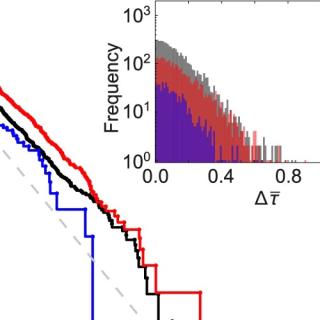
The influence of Alloying on slip intermittency and the implications for dwell fatigue in titanium
The high precision of HEDM measurements at FAST offer new insight into the microscopic processes that cause dwell fatigue, pointing toward new alloying strategies for mitigation.
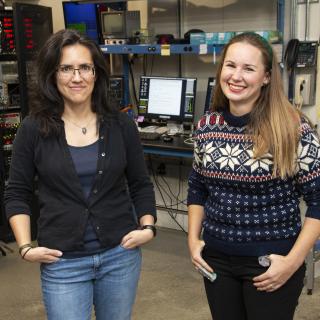
Turning Heroic Efforts Into Everyday Experiments
Driven by the insights from 3D data acquired in real-time, the creation of new characterization methods for structural metals has seen explosive growth over the past two decades. Using high-energy X-rays and new generations of detectors, like those available at CHESS, scientists can now extract higher-resolution information over larger volumes of material at rates that were only a dream several years ago
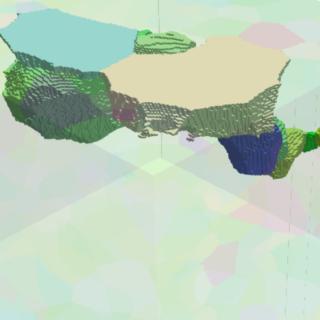
Analysis of a three-dimensional slip field in a hexagonal Ti alloy from in-situ high-energy X-ray diffraction microscopy data
For the first time, a microscale plastic strain field (also known as crystallographic slip) has been non-destructively reconstructed in 3D in a deforming alloy.

